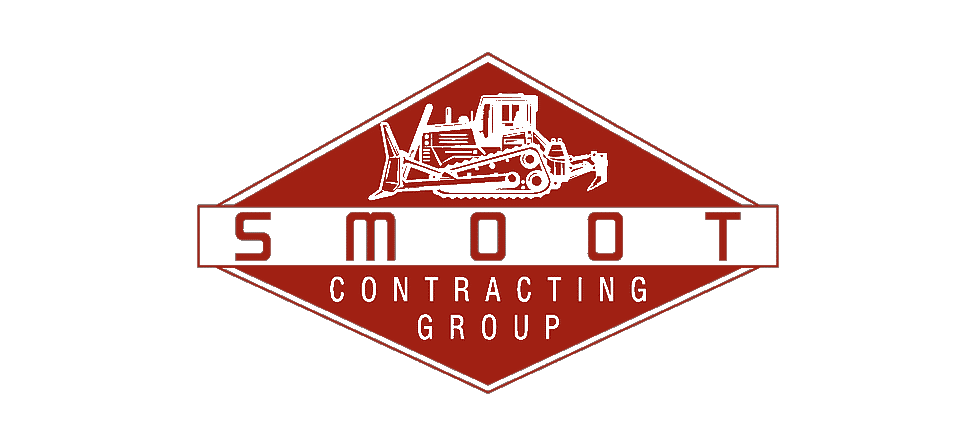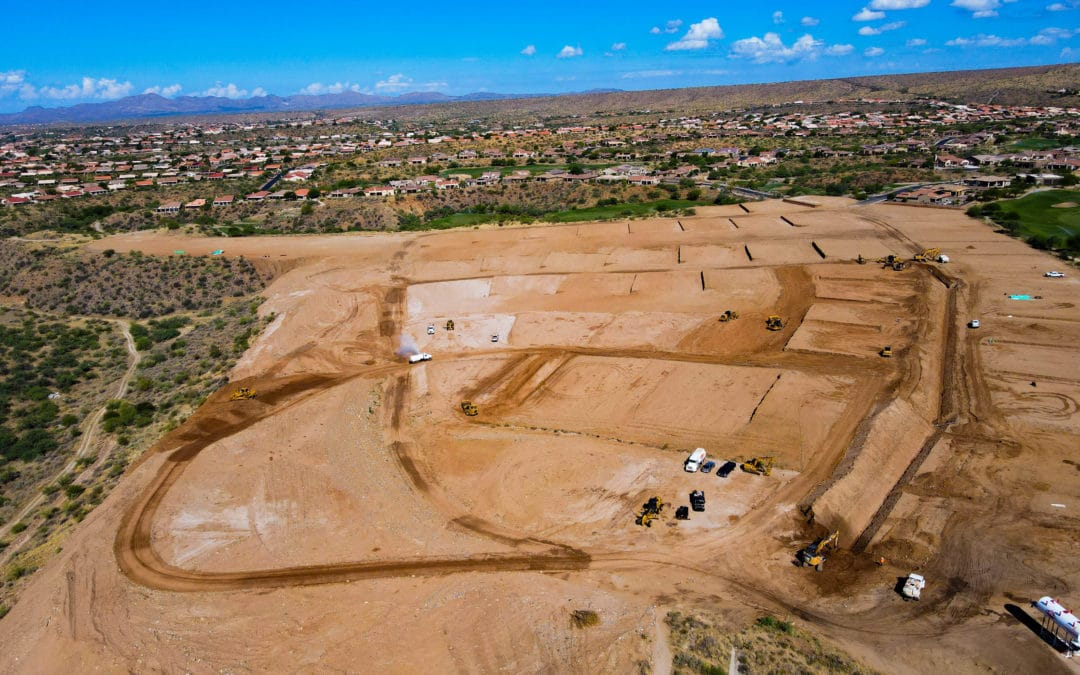Are you concerned about drainage issues on your property? Land grading is a crucial part of preparing your land for proper drainage. In this blog post, we’ll discuss what land grading is and how it can help improve drainage on your property. So if you’re looking for ways to improve the drainage on your property, read on!
Identify the problem areas on your property that need attention.
Before beginning to grade your property for drainage purposes, it is important to identify troubled areas of the land. By doing so you can determine how best to make sure water is properly diverted away from problem points, as well as which materials may be useful for such a task.
Additionally, evaluating the land’s contours can provide additional insight into what resources should be used and the depth at which they must be applied in order to achieve success. Proper assessment before taking action will ultimately save time and money throughout the grading process.
Prepare the land for grading
Ensuring that the land is properly prepared before beginning the grading process is crucial. This requires determining what kind of grading needs to be done and ensuring that the terrain is adequately leveled.
Clearing away any debris, rocks, or plants can give a more accurate picture of what grading needs to be done and help create a stable base for the new grade. It also allows any necessary installation of subsurface piping to take place before being covered up with additional soil and compacting materials.
The result should be an area that is ready to accept the new grade, adjusting any natural sloping as necessary while providing proper drainage and preventing incidents of flooding or runoff problems in the future.
Once you’ve prepared the land, you’ll need to grade accordingly.
Preparing the land for proper drainage is an important step in resolving any drainage issues on a property. Once you have identified which areas of your land are causing problems, you’ll need to grade those spots correctly.
This involves examining the slope of the landscape and adjusting it so that water flows away from structures and other problem areas. To properly grade a piece of land, you should use a combination of shovels, box scrapers, and other grading tools.
Make sure to create an appropriate depth throughout the entire area as well as slope all sides evenly so that no water is trapped in any one spot. Taking these steps will ensure your land is graded correctly and ready for proper drainage.
The last thing to consider when grading land for drainage is obtaining a professional consultation and the right contractors to get the job done. Localized soil erosion and flooding are serious issues that can cause serious long-term damage if gone untreated. Avoid losing landscape, money, and other resources in the process by making sure these issues are taken care of correctly.
That’s why it pays to have an experienced contractor help assess the terrain with specialized instruments and plot out the best strategy for mass removal and conduit installations. Smoot Contracting Group can help provide what you need in a timely manner – including advice on the drainage design, sourcing of materials, layout suggestions, trenching, pipe placement, preparing catch basins where necessary, headwall installation, and more.
If you’re ready to get started on your land grading project contact Smoot Contracting Group today for more information.

